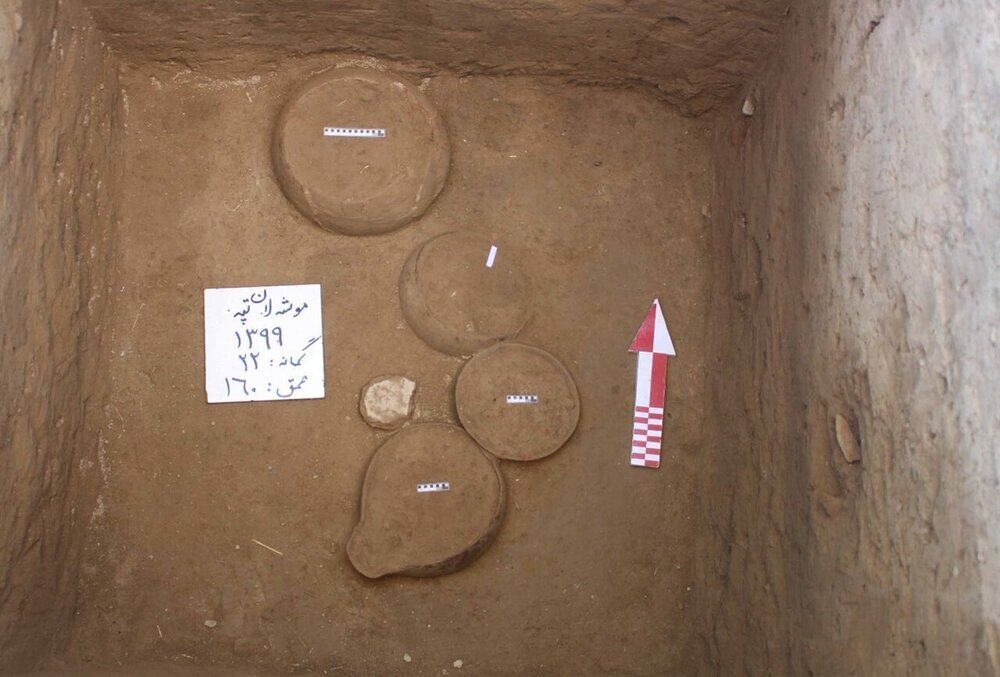History of pottery in Alborz region hits 7,000 years

TEHRAN – Alborz tourism chief has said the history of pottery making in some parts of the Iranian province goes back over 7,000 years.
The skill of making pottery in Alborz, as a significant intangible heritage, has a history of more than 7,000 years. And, even today, it is one of the pottery hubs of the country, ISNA quoted Rahim Khaki as saying on Wednesday.
Citing an example, the official referred to clay vessels unearthed in 2020 from Moushelan Tepe which is situated some 65 km west of Tehran.
Situated in Ismail Abad village in the suburbs of Savojbolagh county, Moshelan Tepe was prosperous during the Copper and Stone Ages, he stated.
And potteries discovered from it date from the 5th millennium BC, the official said.
A considerable number of potteries unearthed from this valuable site is kept in the National Museum of Iran, he said.
According to Iranian archaeologist Siavash Saraqi, the excavated objects probably belonged to a burial chamber. According to studies conducted in this area, ten architectural surfaces along with graves and pottery fragments belonging to the fifth and fourth millennium BC have been identified.
In general, it is assumed that the “thickness” of the ancient layers in Moushelan Tepe reaches about 6.70 meters, Saraqi said. Moushelan Tepe was first excavated by Hakemia in 1958-1959 and again by Navaie in 1978-1979.
Of all human handicrafts, pottery is the oldest. Even writing, the actual communication method used to create this article, came after the first few pots. And like many other things, there is a theory that it was discovered entirely by accident.
In ancient times, people carried water in hand-woven baskets. The water, especially that of rivers, would contain some clay. When the clay dried out, it took on the shape of a basket. Eventually, people realized that these clay liners could be used as sturdy containers. They collected clay, shaped it, and baked it in the sun or hot ashes, sometimes decorating it with primitive tools. This is how the first clay pots (and thus all pottery) came into being.
It is believed that the first potter's wheel was made in 3129 BC. BC from Sumer, although there is evidence that points to other places of origin. Precursors of the wheel, however, appeared as early as 4500 BC. So, an exact date is probably not possible. However, the idea of using a disc in making pottery was shared by many cultures.
Today, ceramics are heated using a kiln. It is generally accepted that the ancient Egyptians built the first kilns lined with bricks of clay and straw for insulation. They were also among the first to glaze their pottery before firing. Similar to its modern counterpart, this glaze gave the pottery a glass-like luster and texture and rendered the object non-porous.
AFM
